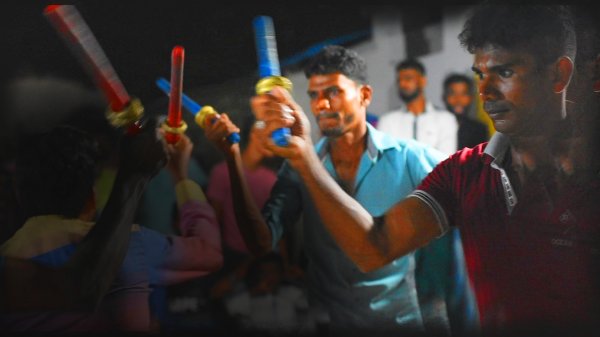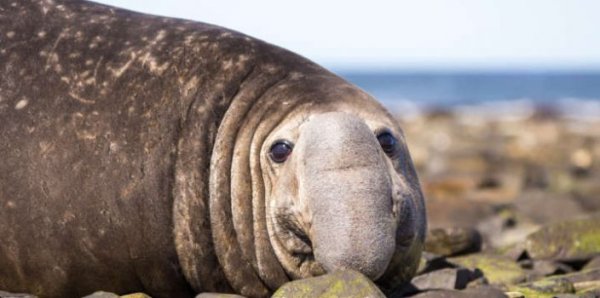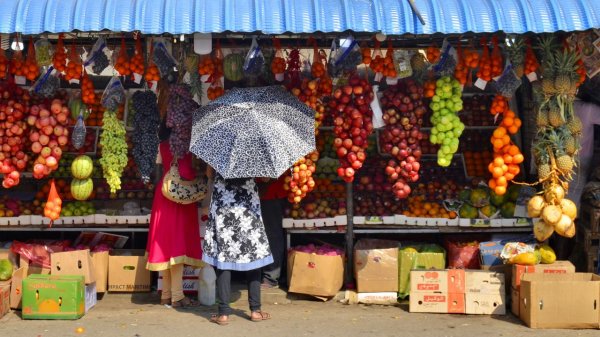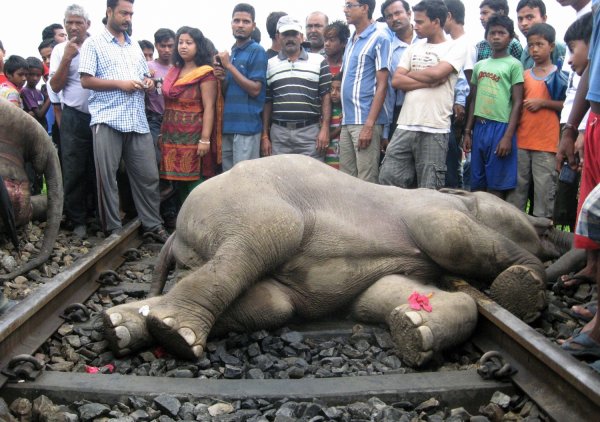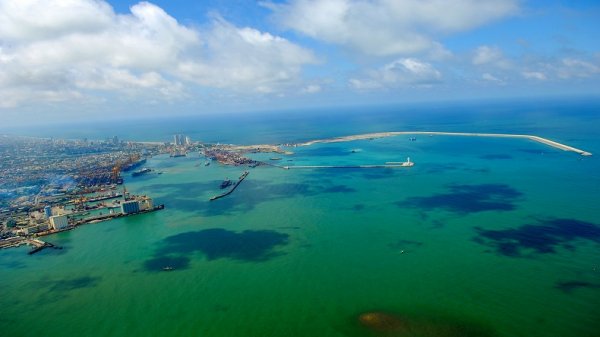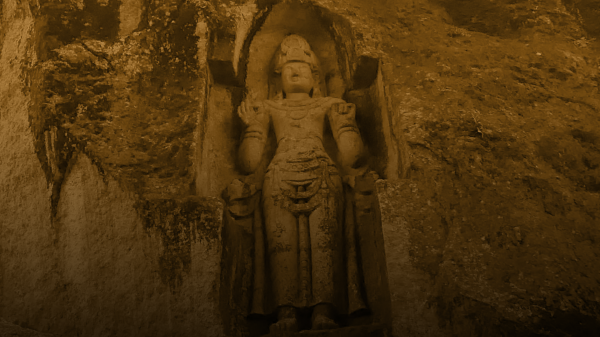
On January 27, 2020, the first case of COVID-19 was reported in Sri Lanka. By that time, the virus, which is believed to have had its origins at a wet market in Wuhan, China at the end of 2019, had already begun to spread to other countries—but there seemed very little to be overly concerned about: Just days before, the government had installed thermal scanners at the main international airport and the Epidemiology Unit of the Ministry of Health had warned vulnerable populations and the public of general precautions. A 22-member National Action Committee to combat COVID-19 had also been formed and the patient, who was moved to the National Institute of Infectious Diseases Hospital (IDH), made a full recovery and was discharged with much fanfare after close to a month of treatment and monitoring. Sri Lanka had successfully managed its first encounter with a deadly viral infection.
It was over a month later that the first local COVID-19 case was detected, followed closely by four more cases. Sri Lanka is now in its sixth month of COVID-19, and despite having emerged from almost two months of curfew during which all public activity was completely curtailed, new cases are still being reported.
For the purpose of visualisation, Roar Media has mapped out the last five months (January-May 2020) of the COVID-19 pandemic in Sri Lanka. The illustrations and graphs draw a clear picture of how Sri Lanka reacted to a global crisis. From the origins of the outbreak and first local transmission to the lockdown and ongoing cluster identification—this is a visual depiction of the data.
Origins
The cluster of pneumonia of unknown etiology was first reported from Wuhan, in the Hubei province of China on December 31, 2019. Within the span of four days, over 40 people were infected—an early sign of the virality of the infection.
The first case of COVID-19 outside of China was reported in Thailand on January 13, 2020, when a tourist from Wuhan tested positive there. Cases were subsequently reported in Japan, South Korea, the United States, Taiwan and Nepal until it reached Sri Lanka—the 12th country to report a COVID-19 case globally.
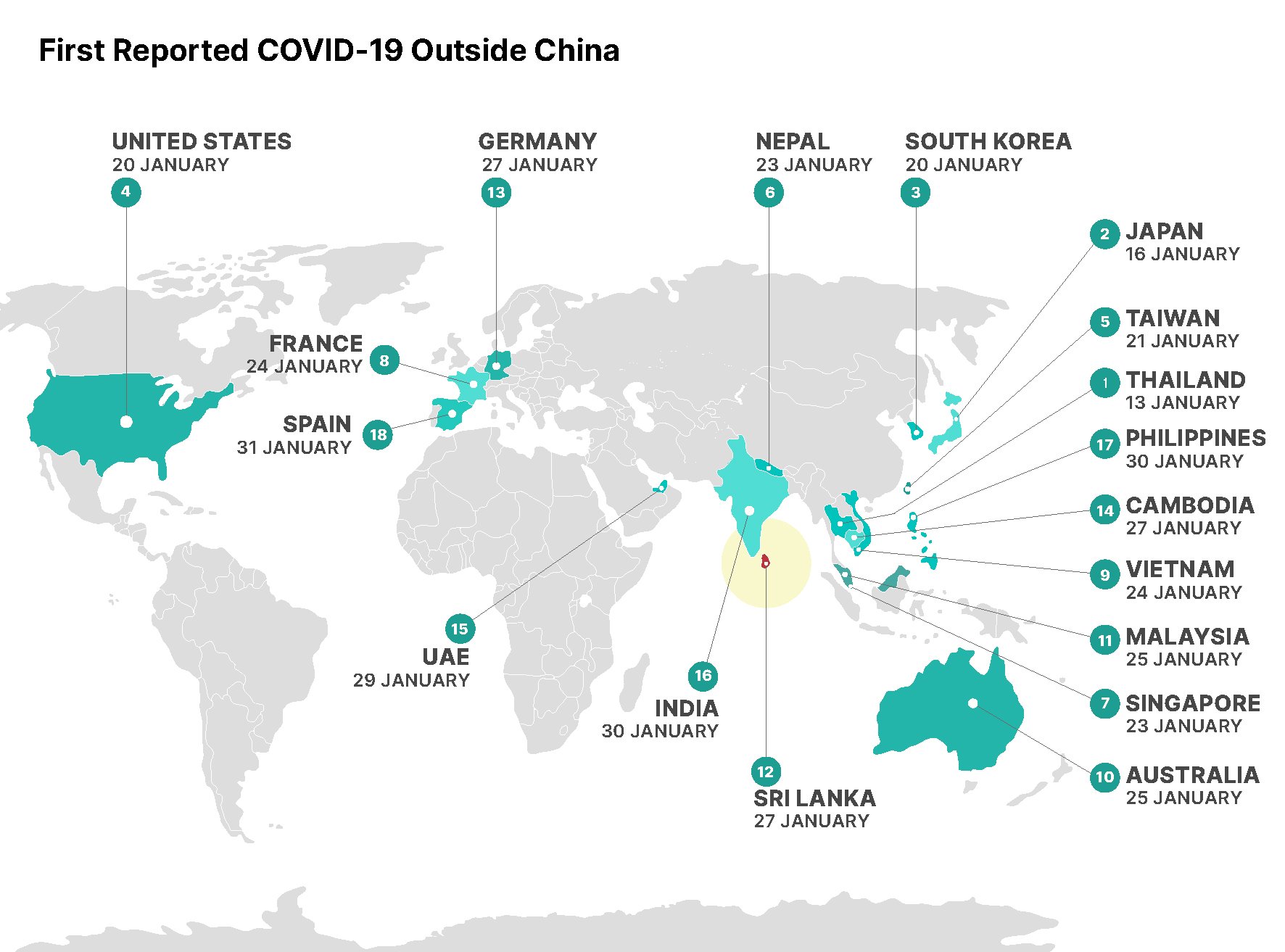
In Sri Lanka
January And February
Sri Lanka’s first patient, identified on January 27, was a 44-year-old Chinese tourist from the Hubei province, who had arrived with a group of other travellers.

By early February, Sri Lanka was in negotiations with Chinese authorities to repatriate local students stranded there as a result of a lockdown imposed on Wuhan and other cities in the Hubei province. The students were moved to the Diyatalawa Army Camp, where they underwent two weeks’ quarantine before being allowed back home. On February 19, the Chinese patient made a full recovery and was discharged from hospital.
March 2020
The first local case was reported on March 11. This patient, a 52-year-old tour guide, is believed to have contracted the virus from a group of tourists from Italy, to where the viral infection had by then spread to all regions.
Authorities immediately began contact tracing, rounding up close to 50 people and instructing them to self-quarantine. Within days the second, third, fourth, fifth, and sixth cases were recorded—all of them contacts of the tour guide—marking the first cluster of patients in Sri Lanka.
By this time, the government significantly changed its strategy in combating COVID-19, ordering all locals returning from abroad quarantined and partially closing down the main airport on March 18. Until then, it had only been foreign returnees from the three countries identified as high-risk countries at the time, Italy, Iran, and South Korea that were quarantined.
Schools that were due to be closed for April holidays were closed early on March 13, and what began as a ‘holiday’ for non-essential businesses from March 17 -19 eventually led to a strict island-wide curfew on March 20, in which all travel was strictly prohibited and those violating arrested.
On March 23, the first local patient—the tour guide, made a full recovery and was discharged from hospital. The first casualties from the virus were also reported this month, on March 28 and 30. On March 31, 21 new cases marked a peak in numbers for that month.
April 2020
Sri Lanka started this month with the third COVID-19 death: on April 1, a 72-year-old from Maradana died while receiving treatment at the IDH hospital. Four more deaths were reported that month, making April the month with most fatalities in the country.
The second major patient cluster emerged in Suduwella, Ja-Ela where a group of six who had been in contact with a COVID-19 patient, disregarded instructions to self-quarantine and acted as vectors for the viral infection. The group was arrested and moved to a quarantine facility, but by then the damage had already been done: the cluster expanded that month, and the area had to be isolated.
As a result of the Suduwella cluster, a third major cluster emerged, when a sailor who was deployed to round up those evading quarantine in Suduwella, Jaela, contracted the virus. The Welisara Navy Camp was isolated on April 23, as a result, and cases from the Navy continue to be reported. The Navy cluster is currently the largest patient cluster in Sri Lanka with over 200 personnel and 50 others who were in close contact with those infected counting among those affected.
It was also during April, that the fourth major COVID-19 cluster was detected among the residents of Bandaranayake Mawatha, Colombo 12. An asymptomatic patient who had returned from India had violated curfew regulations, and moved freely about the neighbourhood, as a result of which over 300 residents were moved into quarantine centres that month (this eventually increased to over a 1,000 the following month).
May 2020
On May 11, after close to two months of complete curfew, the government gradually eased up on restrictions in order to restart the economy. The public allowed to return to work, under specific guidelines and restrictions, but despite the caution, cases continued to be reported. On May 4, 5 and 25 three more people died as a result of COVID-19, bringing total deaths from the viral infection to 10. However, by this time, Sri Lanka had also successfully negated community transmission and all-new cases—with the exception of one at the latter end of May—were being reported from within quarantine camps.
The country also saw the emergence of another major cluster in May. Many of the Sri Lankans returning on repatriation flights from other countries began to test positive while in quarantine at the 44 temporary quarantine camps set up at various facilities across the island. This month has recorded the highest numbers of cases thus far—137 on May 26, and 150 on May 27. (At present, 412 of the 467 returnees from Kuwait alone have tested positive for the virus).
On May 28, over 200 Navy personnel were also quarantined after a group of sailors occupying the Gafoor building in Colombo tested positive. These were absorbed into the larger Navy cluster that began in April. It is these two clusters—the foreign returnees and the Navy cluster that are still active in the country.
Daily COVID-19 Cases
The graph above depicts daily cases, recoveries and deaths; numbers that fluctuated in the first five months of the pandemic. The significant spikes in daily cases (in red) represent five major ‘patient clusters’—while authorities reported 31 clusters between January and May, Dr Samitha Ginige of the Epidemiology Unit told Roar Media, “although Police have identified 31 clusters, the health authorities have recognised only five major clusters.”
The steady rise in cases that peak on March 17 represents patients from the first cluster—the ‘Italian cluster’. The minor spike on April 14 is the cluster from Suduwella, Ja-Ela, which is linked to the Navy cluster which emerged on April 27. The Bandaranayake Mawatha cluster is represented on April 20. May has two major spikes on May 26 and 27, when the repatriated returnee cluster was identified.
The graph also represents Sri Lanka’s total death count, which as of May 31 stood at 10.
Active Cases, Recoveries, And Deaths
Here, the red line indicates active cases from January to May 2020, which continues to grow. However, recoveries—which follows a little slower, is also rising. By the end of May, active cases and recoveries ‘meet’, which indicates a levelling of the COVID-19 cases in the country—the numbers of those recovering is gradually increasing and will potentially, as the number of active cases decreases, overtake the number of active cases.
When compared to many countries in the world, and despite some delayed decisions, pushback and controversy, Sri Lanka has fared remarkably well in managing COVID-19. However, the success of the first five months of the year should not be a reason for complacency. Any negligence on the hands of the authorities or the public could lead to a second wave. The threat from COVID-19 is still very real and will be present for as long as it takes to develop a vaccine for it. This should not be forgotten.


